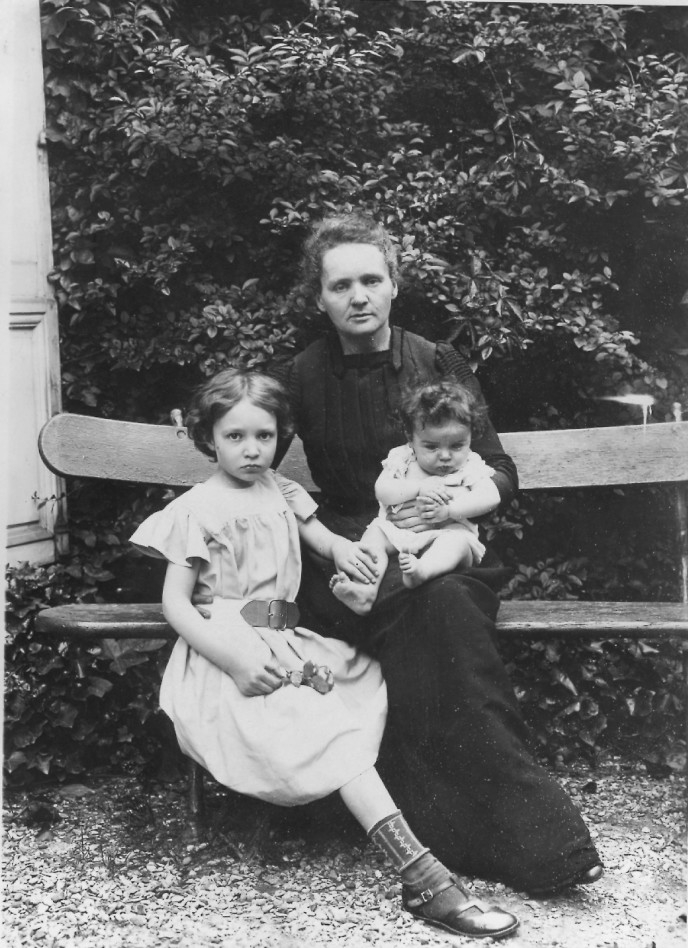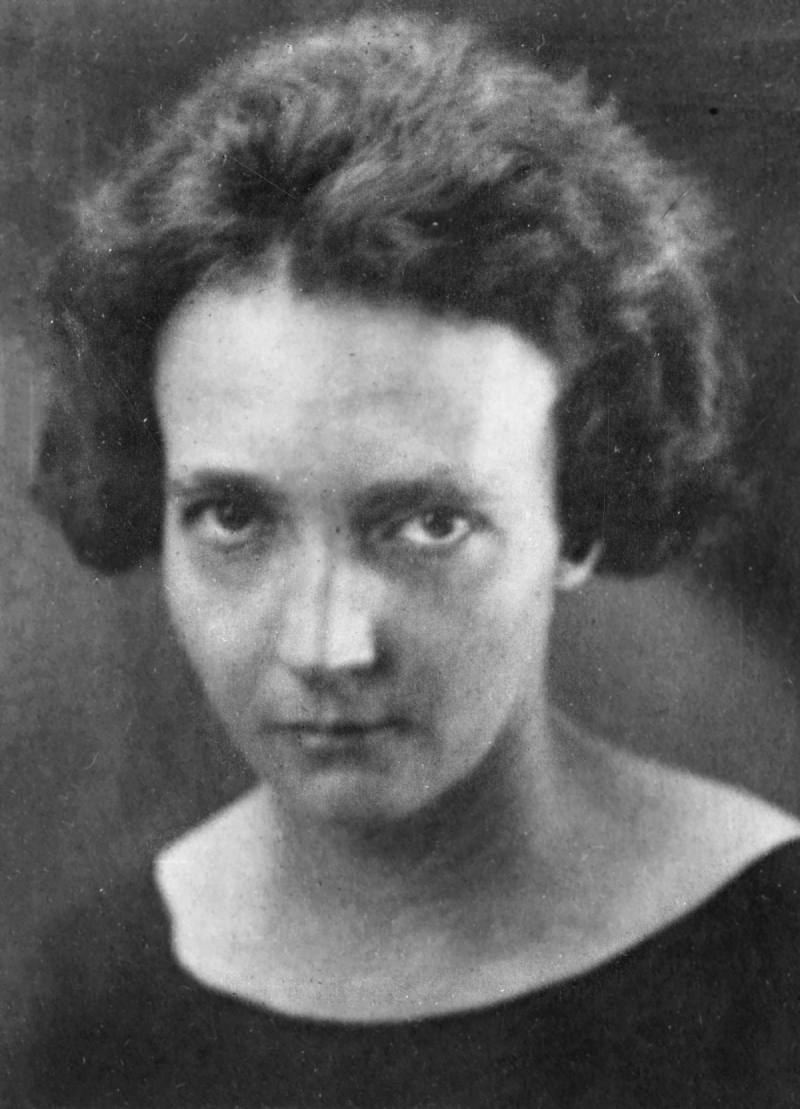Marie Curie’s daughter also became a Nobel Prize winner
Irène Curie, who was married to Frédéric Joliot in 1926, was the daughter of Pierre and Marie Curie and was born in Paris on September 12, 1897. She began her academic career at the Paris Faculty of Science and worked as a nurse radiographer throughout the duration of World War One. She completed a thesis on the alpha rays of polonium, for which she was awarded a Doctor of Science in 1925. She performed significant research on natural and artificial radioactivity, the transmutation of elements, and nuclear physics either independently or in partnership with her husband; for this work, which is outlined in their joint paper, Production artificielle d'éléments radioactive, they shared the 1935 Nobel Prize in Chemistry.
Her study of how neutrons interact with heavy atoms in 1938 had a key role in the discovery of uranium fission. She was hired as a lecturer in 1932, rose to the position of professor at the Paris Faculty of Science in 1937, and then was named director of the Radium Institute in 1946. Irène participated in the organization's founding and the building of the first French atomic pile during her six years as a commissioner for atomic energy.
She worked on the plans for the major nuclear physics center at Orsay, and she was apprehensive about its opening. This facility had a 160 MeV synchro-cyclotron, and F. Joliot carried on building it after she passed away. She was active in the World Peace Council and the Comité National de l'Union des Femmes Français, and she had a strong interest in the social and intellectual growth of women. Irene Joliot-Curie was chosen to serve as the Undersecretary of State for Scientific Research in 1936. She held honorary doctorates from multiple universities and belonged to a number of international academies and scientific organizations. She was also an officer in the Legion of Honour. 1956 saw her passing in Paris.










